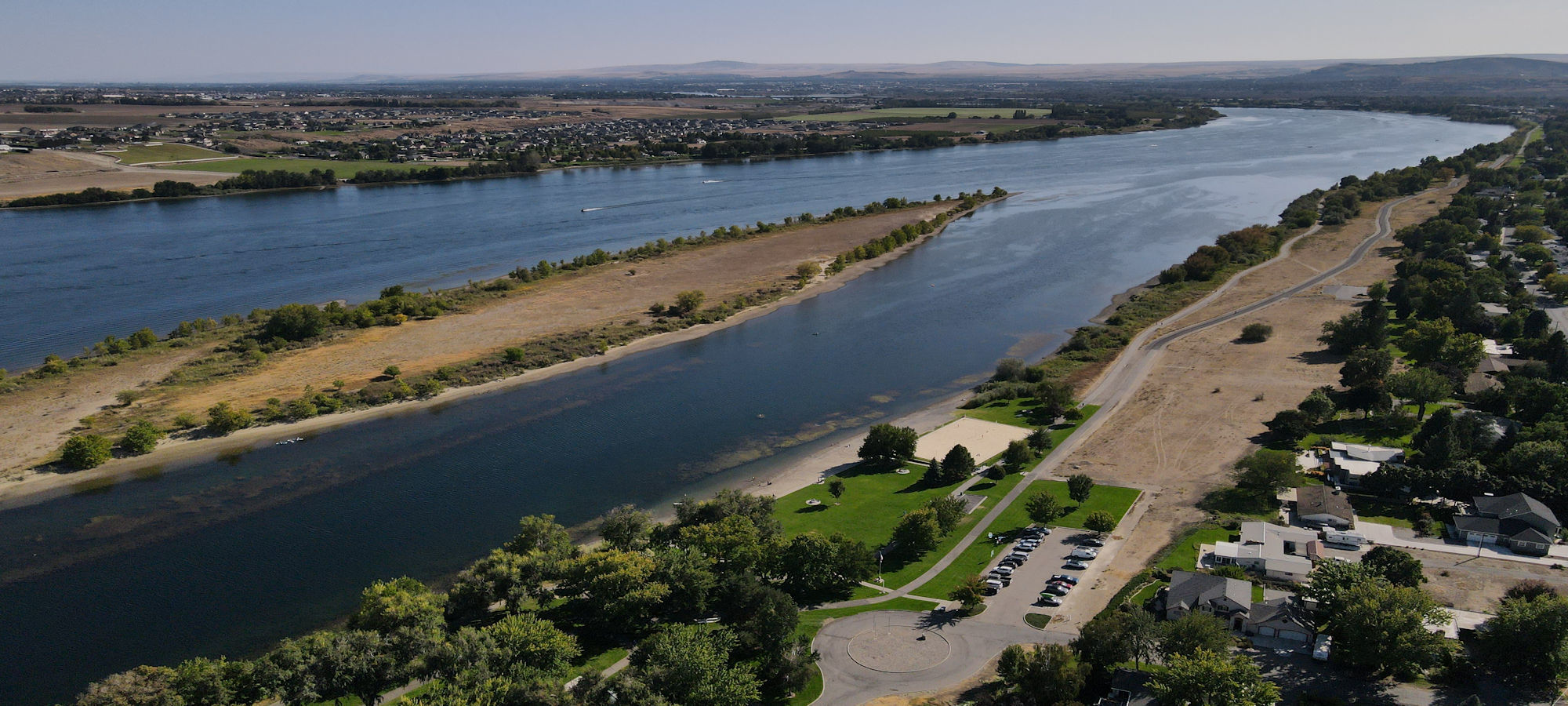Tri-Cities Washington History
With a population of more than 200,000, Washington’s renowned Tri-Cities area is comprised of the cities of Richland, Pasco, and Kennewick, and is situated near the confluence of the Columbia River with the Yakima and Snake Rivers. The history of the area is quite rich and diverse and stems back a good two hundred years.
The Tri-Cities’ history was first officially “marked” on October 16, 1805, with the visitation from the notorious Lewis and Clark Expedition, who documented their exploration—which lasted until 1806—of the region and is commemorated today in Pasco’s Sacagawea State Park. Before then, the Tri-Cities area was home to a wide assortment of Indian tribes who, for centuries, used the banks of the Columbia, Yakima, and Snake Rivers for fishing, gathering, pasturing, hunting, and camping, among other activities.
Columbia, Yakima, and Snake Rivers
Not only did the three rivers play a key role in the development of Tri-Cities, but the introduction of the Northern Pacific Railroad in the late 1800s put the region on the map as a major center of trade, industry, irrigation, and agriculture. In 1891, Pasco became the first of the three cities to be officially incorporated, followed by Kennewick in 1904 and Richland in 1910.
Pasco, Kennewick, and Richland were all small railroad towns and simple agricultural communities until the 1940s hit, and with it the Manhattan Project, a development of the federal government, which took the region—Kennewick, in particular—as its own property for the war efforts, which consequently brought a huge influx of people into the Tri-Cities area. By the end of the Second World War, Tri-Cities had experienced a substantial amount of growth. For the next several decades, the Tri-Cities experienced several massive booms as well as a few “busts” because of the government’s changing rules concerning real estate and the funding of Hanford, a nearby site developed as a nuclear power plant.
After the Cold War
At the end of the Cold War, after the Tri-Cities had experienced another population boom, many feared that Hanford would close and that the Tri-Cities would become a ghost town as a result. Instead, the area (particularly Richland and Hanford) became a center of environmental clean-up, employing many workers to seal and dispose of nuclear waste after the last reactor was shut down in 1987.
The Tri-Cities region experienced much growth into the 1990s when Pasco enjoyed a huge growth spurt after developers purchased residential and commercial land there, and as the economy and various industries (particularly tourism and retail) in all three communities continued to grow and thrive. Today, all three communities of the Tri-Cities region are growing, prosperous, and dynamic communities built on the flourishing economy, industry, tourism, and attractions and recreation. Kennewick remains the most populous of the three cities, and Pasco, the fastest-growing city in Washington State.
The Tri-Cities region also gained international fame and recognition for the discovery of a 9,000-year-old prehistoric skeleton found and retrieved on the banks of the Columbia River near Kennewick, aptly named “Kennewick Man.” The rightful ownership of the man’s bones remains somewhat of a controversy.

